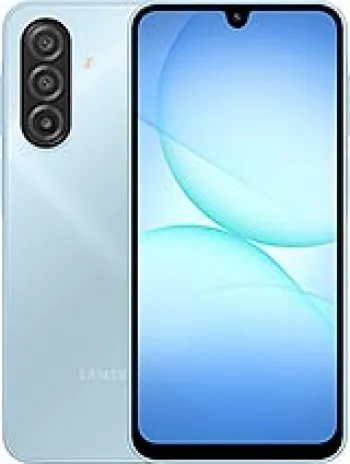
Network Technology
The Samsung N500 was launched with GSM technology, which was among the primary standards for mobile phones at the time. It supported GSM 900 and 1800 frequency bands, which made it compatible with many European and Asian networks.
Launch and Discontinuation
Announced in 2002, the Samsung N500 was a feature phone that fit well into the mobile phone market of its time. It was eventually discontinued, as is typical for mobile devices once newer and more advanced models are introduced.
Body and Design
The dimensions of the Samsung N500 measured 110 x 46 x 23 mm, making it compact and easy to handle. Weighing just 95 grams, it was lightweight and portable, fitting comfortably in the user's hand. The device utilized a Mini-SIM card, a popular choice during that era.
Display
The phone featured a monochrome graphic display with a resolution of 128 x 64 pixels at an 18:9 ratio. Although simple by today's standards, this screen was functional for basic tasks such as calling and SMS. The monochrome display technology was energy-efficient, contributing to longer battery life.
Memory
The Samsung N500 did not include a card slot, which was common for feature phones at the time. It could store up to 100 contacts in its phonebook, and call records for 10 dialed, 10 received, and 10 missed calls. This limited memory capacity reflected the basic use expected for a phone during this period.
Sound
The phone did not feature a loudspeaker or a 3.5mm jack. It offered vibration and downloadable monophonic ringtones as alert types, along with a composer for creating custom ringtones, allowing for a small degree of personalization.
Communications
The Samsung N500 lacked modern communication features such as WLAN, Bluetooth, GPS, and Radio. It was purely designed for standard mobile communications like calling and SMS with support for WAP 1.1, an early version of web browsing technology suitable for text-based web pages.
Battery
Powered by a removable Li-Ion battery with a capacity of 1000mAh, the N500 offered up to 120 hours of standby time and 3.5 hours of talk time. This battery performance was adequate for typical usage patterns of feature phone users at the time.
Additional Features
The phone included some basic features such as SMS messaging, clock, alarm capabilities, and downloadable games. However, it did not support Java for deploying additional applications. This limited the phone’s functionality to its pre-installed features.
Miscellaneous
The phone was available in four distinct colors: Silver, Black, Dark Gray, and Sky Blue, giving users some choice in terms of aesthetics. This variety in colors helped cater to different user preferences and made the phone visually appealing for its time.
Key Features of Samsung N500
- Compact and Lightweight Design
- GSM 900 / 1800 Network Support
- Monochrome Graphic Display with 128 x 64 Pixels Resolution
- Mini-SIM Compatibility
- Supports SMS Messaging and WAP 1.1 Browser
- Removable Li-Ion Battery with Stand-by Time up to 120 Hours
- Available in Four Color Variants: Silver, Black, Dark Gray, Sky Blue
- Downloadable Monophonic Ringtones with Composer
- Downloadable Games
Disadvantages of Samsung N500
- Lacks support for GPRS and EDGE, limiting data connectivity capabilities.
- Discontinued status, making it difficult to find new units or support.
- No color display, only a monochrome graphic screen.
- Limited memory with a maximum of 100 contacts in the phonebook.
- No card slot for expandable memory.
- No camera, which limits multimedia capabilities.
- Absence of a loudspeaker and 3.5mm audio jack.
- No support for modern communication features such as WLAN, Bluetooth, or positioning services.
- Lacks a built-in radio.
- Limited to only SMS messaging and WAP 1.1 browsing.
- Short battery life, with standby up to 120 hours and talk time up to only 3.5 hours.
View Also
More Phones
All Rights Reserved +14069 Phones © Mobilawy 2025

























